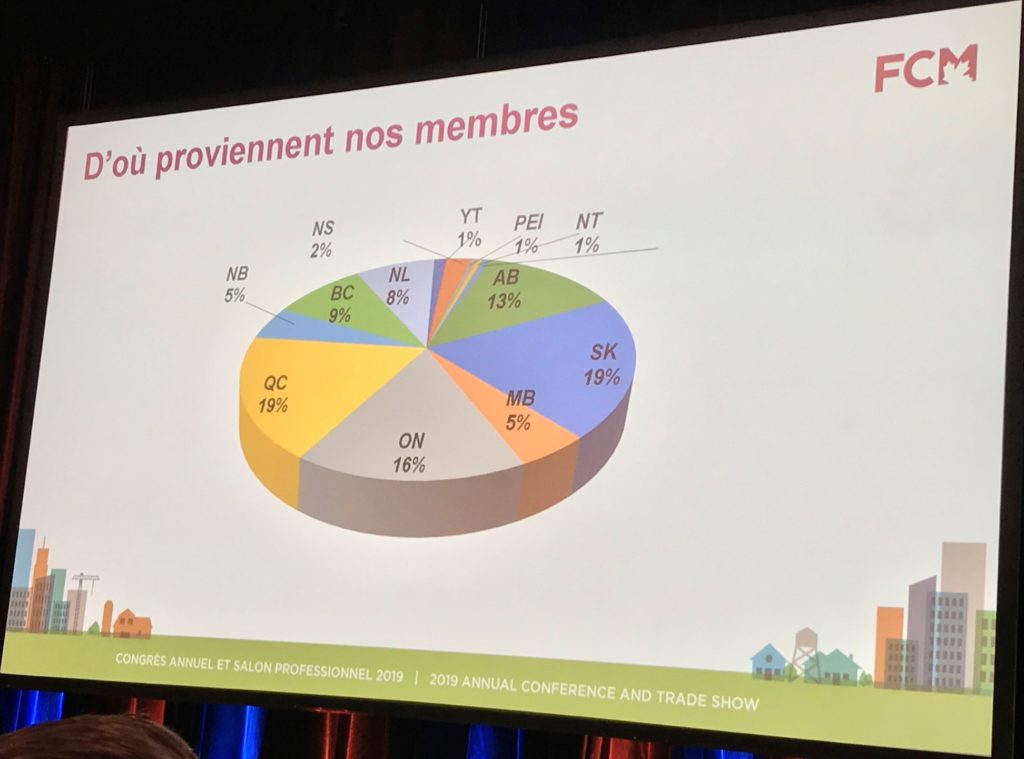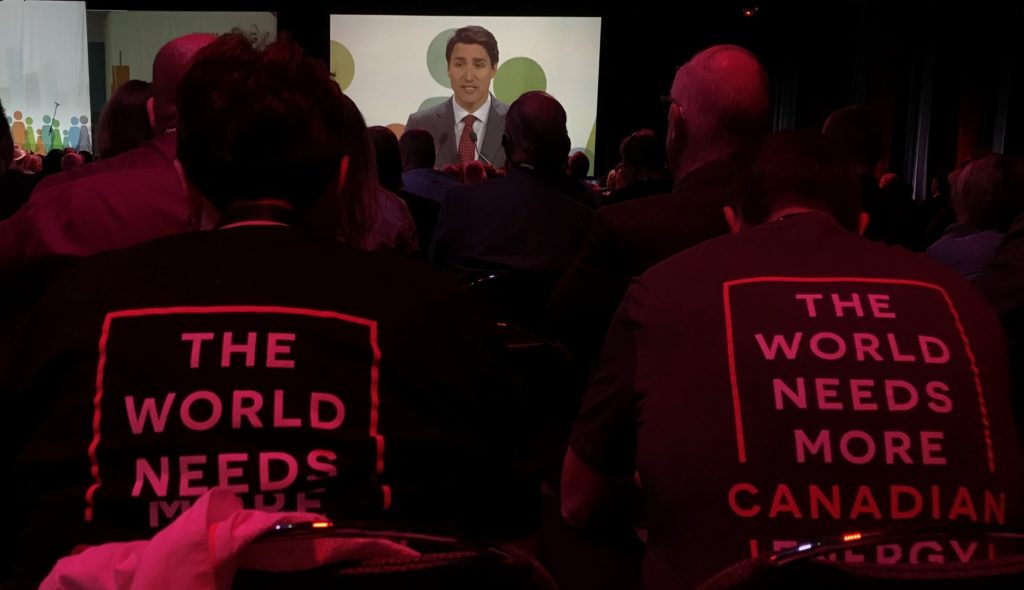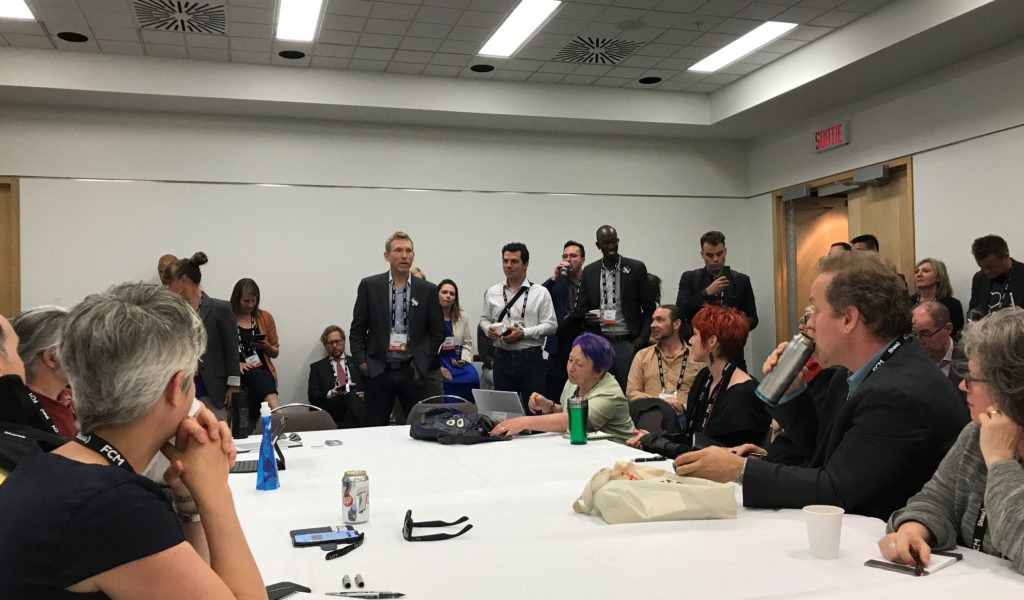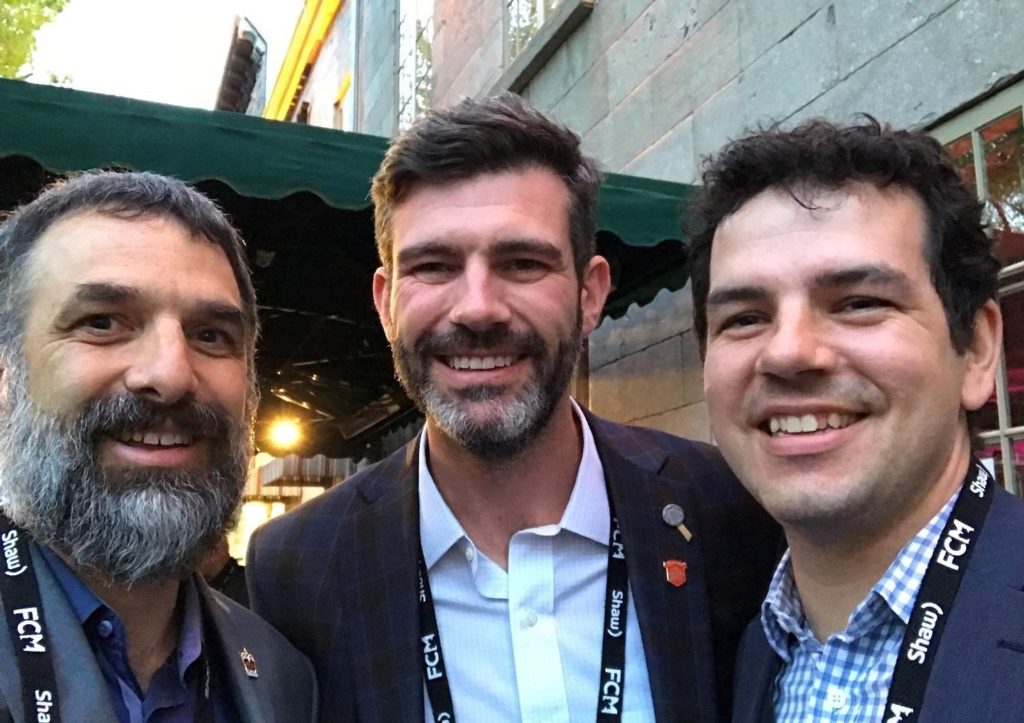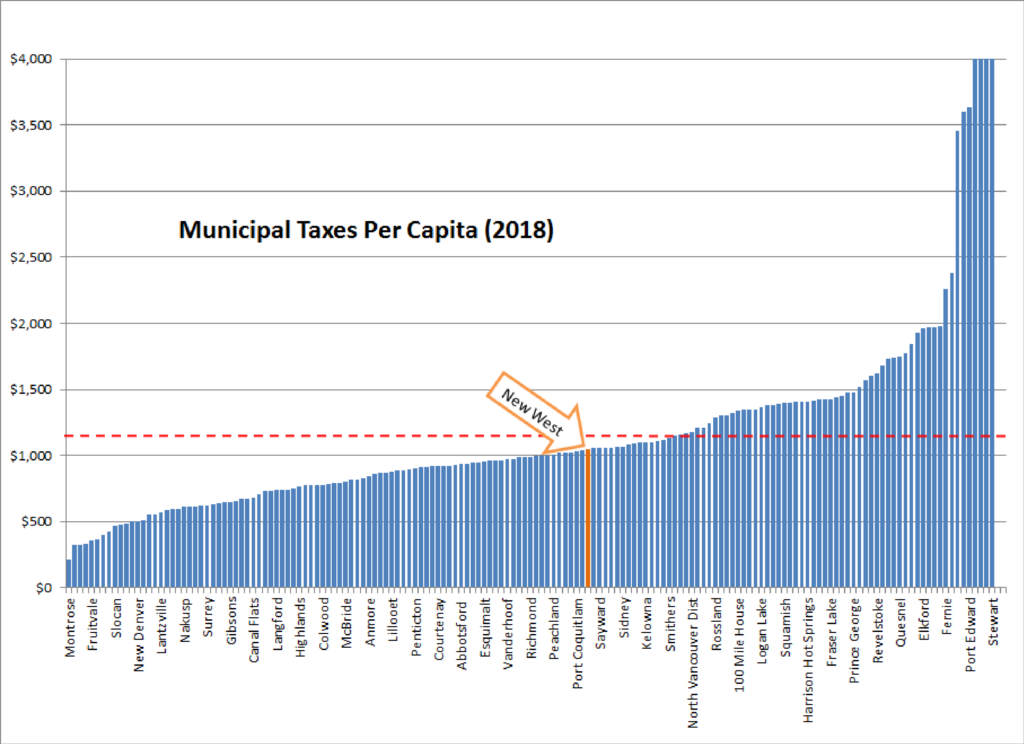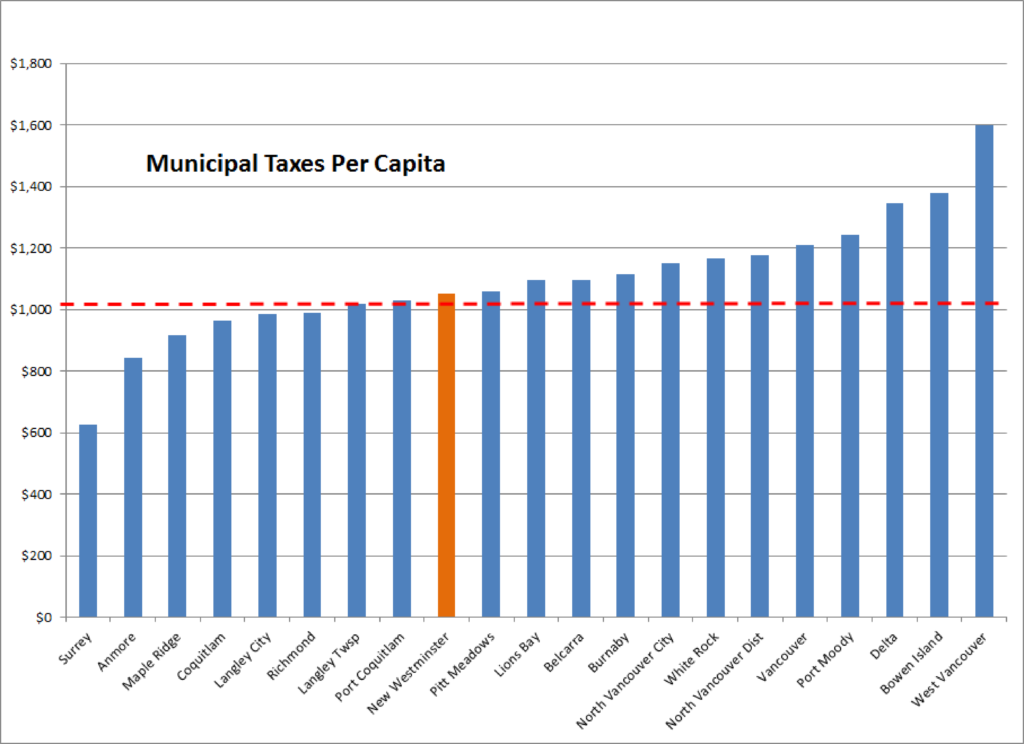The June 24th Public Hearing had a lot of items on a diverse set of topics. I covered most of them in this post and this post. The last item was a new development project in Uptown:
Zoning Amendment (616 and 640 Sixth Street) Bylaw No. 7997, 2019
This proposal would see a 29-story mixed-use building built in Uptown. This is the first high rise development (indeed the first development of any scale), approved in the Uptown in a decade – since Bob Osterman and Betty MacIntosh were on the Council! The proposed building has 145 Market strata units and 95 secured market rental units. All would meet the City’s Family Friendly Housing requirements as far as 2- and 3-bedroom suites. There would also be more than 12,000 square feet of commercial space in the three-story podium.
The project has evolved quite a bit since it was first proposed a couple of years ago, including an increase in rental units, and a changed shape and form of the building to make the pedestal 3 stories instead of the originally-proposed 5 stories, which is a significant improvement to the street presence of the building and supports a more human-scaled street.
The Design Panel and Advisory Planning Commission reviewed and approved the project, and the two adjacent Residents Associations also expressed no opposition. The public open house had more mixed responses, with a significant number of direct neighbours opposed for the reasons you would expect: loss of views, adjacency to their building, construction impacts and traffic. Always traffic. We received 44 written submissions, the vast majority of them supporting the project.
Some were anticipating a large and fractious Public Hearing on this project due to a directed and active social media campaign against it. For the first time in my experience on Council, an anonymous person actually purchased Facebook ads (laden with dishonest and disingenuous rhetoric) in an attempt to rally people in opposition to the project. Surprisingly, the people leading that campaign decided not to show up at the Public Hearing. Instead, several neighbours did come to express concerns about the project while and a few people spoke in favour, so I want to go through a bit of what I took from their delegations.
The issue of pedestrian safety on Princess Street is an issue I take seriously. Although using the term “congestion” to describe Princess Street may be out of scale with other streets, I agree that there is a need to improve the pedestrian experience in this location, mostly because there are a lot more pedestrians using that space than was probably anticipated back when the Royal City Centre mall was designed. A strange design choice back then had the loading bay end of the mall across the street from the main entrance to several residential buildings, and the single mid-block pedestrian crossing is not well marked or located where many users would choose to cross. Making the Greenway on 7th Ave less safe (by creating another conflict-zone driveway crossing immediately adjacent to a significant intersection) is not the solution, improving to Princess is, and I look forward to seeing what those changes could look like.
There were some typically hyperbolic moments in the Public Hearing delegations. A person who is not a Professional Engineer represented himself as a Professional Engineer then raised frankly bizarre concerns about impacts on the Telus tower (200 feet away) and other fanciful geotechnical anxieties. A delegate suggested that 327 parking spaces are designed to accommodate 480 cars. We heard we live in the “the most congested City in Canada” and the suggestion that this one building will “destroy everything about the City”. I recently visited Hong Kong, and I can say with complete confidence that one residential tower at FSR under 7 approved per decade does not make New Westminster indistinguishable from Hong Kong. But the Public Hearing is ultimately about arguing rhetoric rather than about a solemn testing of evidence, which challenges the idea that this process is meant to be “semi-judicial”. Some day I will rant at greater length about this.
The issue of separate entrances for the Market Rental and Strata components of the building did raise some concerns in the community and at Council. I challenge the contention that this represents “poor doors”, the pejorative applied to separate entrances when included in projects in New York or London where market units are combined with non-market (affordable or otherwise subsidized) units. This proposal does not even include subsidized or low-income housing, but is all market rate housing.
The City has some policy work to do here, as we are working on Inclusionary Zoning policy, and the subject of how to integrate market and non-market housing forms and address shared or separated amenities is an important one. Especially as BC Housing and other non-profit housing providers – organizations absolutely required to get on board if we hope to make non-market housing viable – have clearly stated that shared amenities and entrances with Stratas creates operational and management issues for the providers of affordable housing. These issues were, unfortunately, conflated by some delegates at this Public Hearing, resulting in some confusion in the public (and, indeed on Council) about the issue.
The issue of class segregation and fairness of zoning decisions was raised in a more compelling way by one delegate in opposition to this project because (and I am paraphrasing a 5-minute long delegation) he felt it didn’t do enough to address the housing crisis. Why not all rental? Why not affordable rental on this site? And why is this 240 units of housing OK if this council would not approve even the most modest infill density proposals one block to the east?
In the end, this is about building housing. Supply is (as we often hear) not the entire answer to the housing affordability crunch, but choking off supply will definitely not improve the situation. Still, no single project can be expected to provide every solution to housing; much like the Ovation project downtown will provide one type of supportive housing, this will bring much-needed Purpose Built Rental to a part of town that has oodles of services, but has not seen any new housing in a decade. It is not lost on me that almost 100 market rental units are being committed to weeks after we had Landlord BC and UDI come to a New West Council meeting to tell us that our aggressive renoviction prevention measures were going to cause purpose built rental building to grind to a halt in the City. The housing crisis and recent market shift have caused hyperbole on all sides, but as a City Council we need to be driven not by reacting to hyperbole, but by solid, defensible housing policy. I am confident that this is an area where New Westminster is still leading the region.
The delegate who was an uptown business owner, and the Uptown BIA through their letter of support, showed that they feel more residential density in the neighbourhood is a good thing for the Uptown community. the developers of this property are long-time New Westminster property owners, locals interested in building housing for their community and for the long-term. More people living in places where they can support local businesses, more people within a walk of their daily needs and living on a Frequent Transit Network, these represent the goals of our Official Community Plan, and the vision for New Westminster in the decades ahead.
Council voted 6-1 in favour of supporting the project, and I was one of the 6.
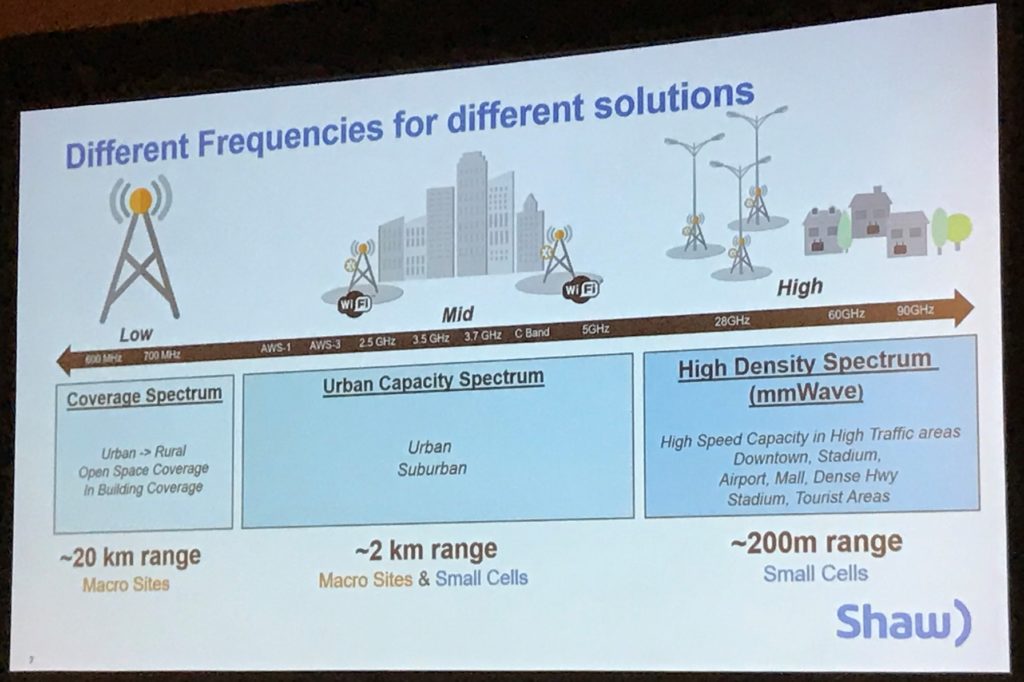
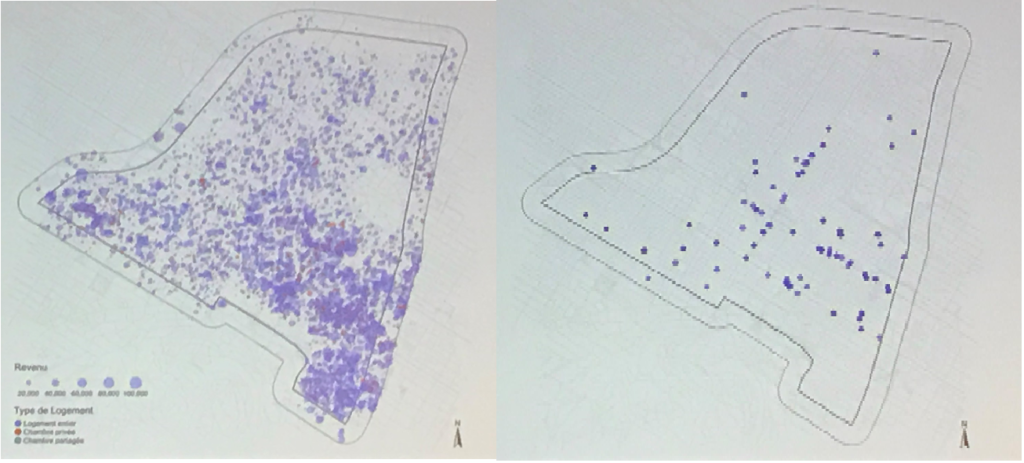
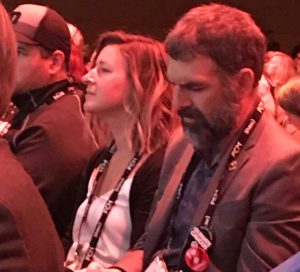
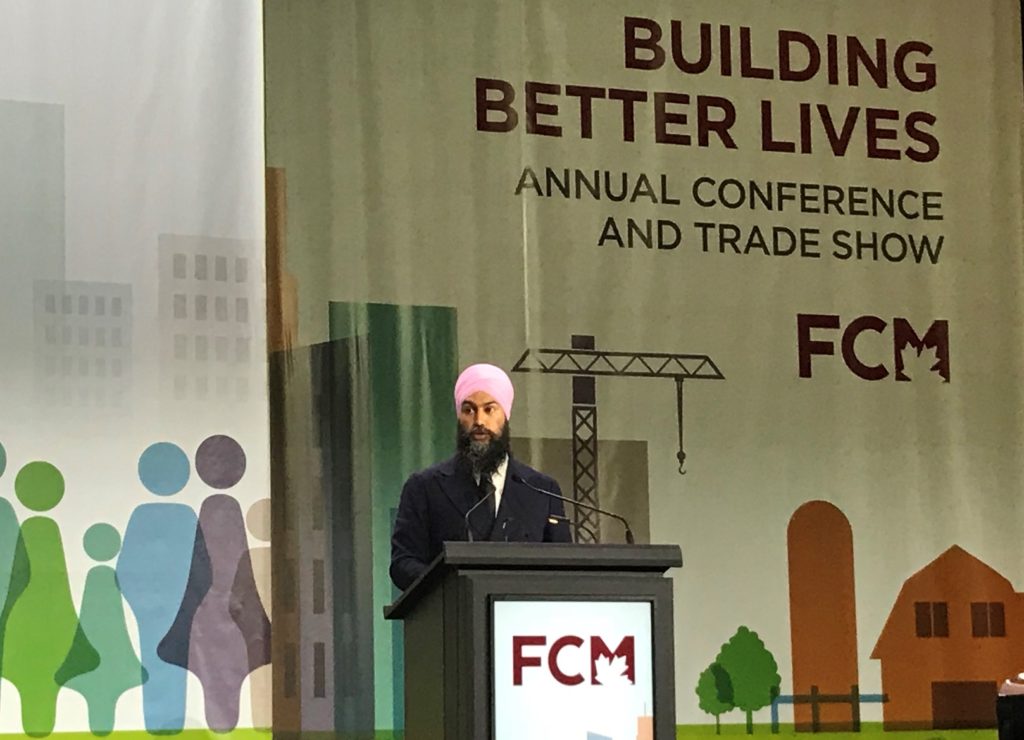 Jagmeet Singh was the first leader to open with a land acknowledgement, and the first to speak without a teleprompter. He had notes, but riffed off of them freely. His speech was good if unpolished. He promised a lot (pharmacare, broadband, infrastructure funding, removing barriers to post-secondary education), but to me the most telling part was that he was the only leader to link climate action to inequality and the need for a just transition away from fossil fuels. That was the message I wanted to hear (and increasingly, that is the message among people looking for climate action in Canada), and he delivered it clearly without equivocation.
Jagmeet Singh was the first leader to open with a land acknowledgement, and the first to speak without a teleprompter. He had notes, but riffed off of them freely. His speech was good if unpolished. He promised a lot (pharmacare, broadband, infrastructure funding, removing barriers to post-secondary education), but to me the most telling part was that he was the only leader to link climate action to inequality and the need for a just transition away from fossil fuels. That was the message I wanted to hear (and increasingly, that is the message among people looking for climate action in Canada), and he delivered it clearly without equivocation.